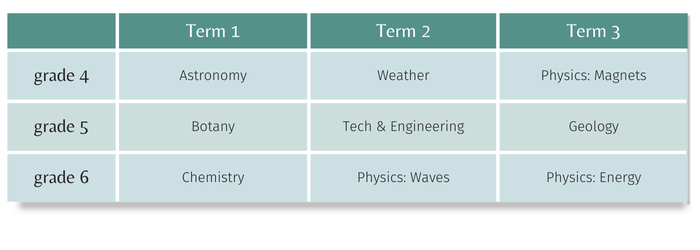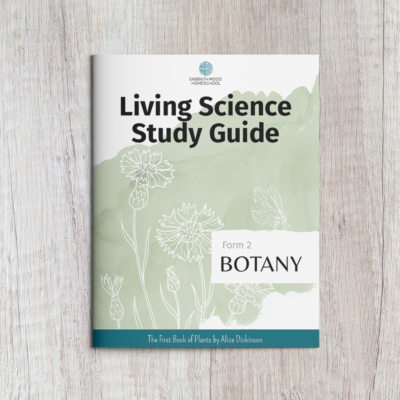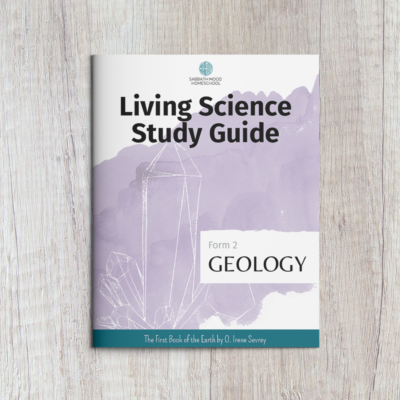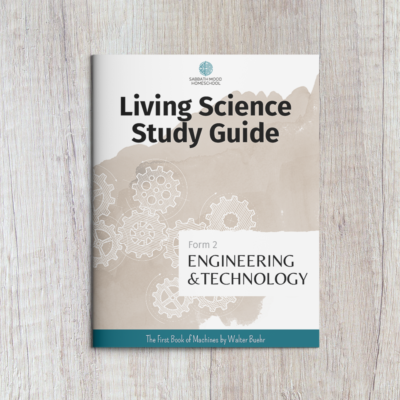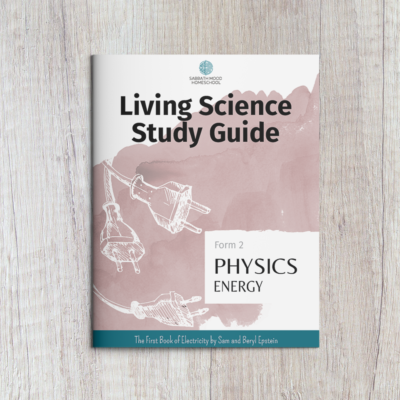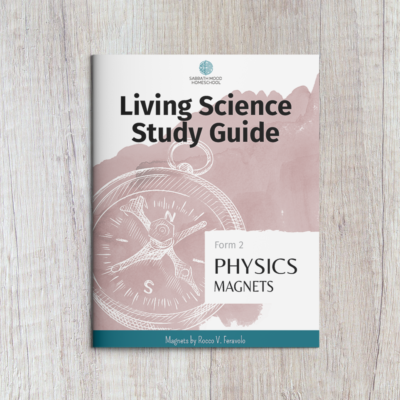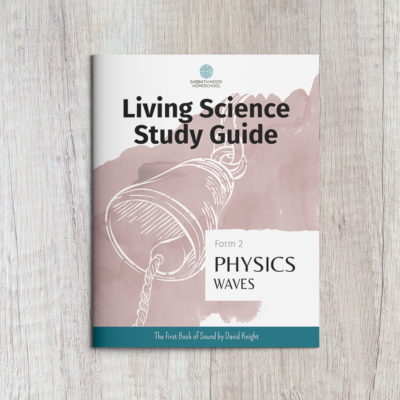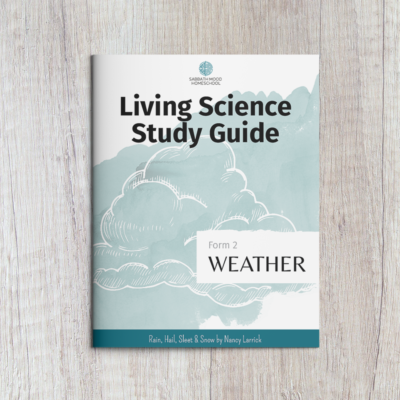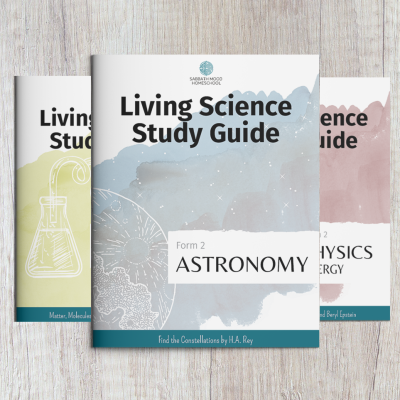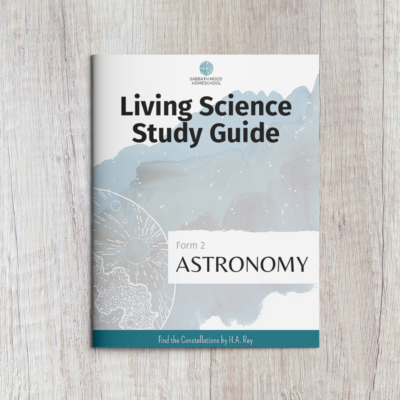
F2 Astronomy
In this astronomy study guide, Form 2 students will be introduced to the universe and its stars, including the concept of star constellations. They will also become familiar with the observable patterns of motion of the sun, moon, and stars, and the brightness of the sun compared to other stars.

